The Tanzanian government has reportedly approved a controversial highway that puts the Serengeti National Park’s delicate and invaluable ecosystems at high risk of destruction.
In any place in the world that has roads, vehicles are one of largest contributors to wildlife mortalities. From deer to kangaroos to frogs to birds to African Wild Dogs — where there is a road, few species are left unscathed. In fact, in many places, roadkills help wildlife biologists determine the presence or absence of elusive animals, particularly when such species are few in number. The world famous Serengeti National Park is no exception to these unfortunate occurrences and now, according to Environmental News Network, Tanzania has approved a $480 million highway that will span hundreds of kilometers, transecting the park to connect the towns of Arusha and Musoma.
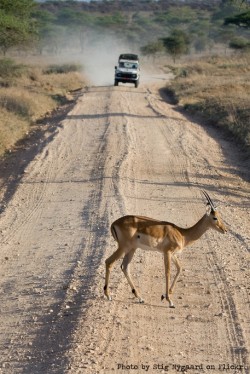 The proposed highway project has stirred public outcry from animal rights activists, conservationists, biologists, and even safari outfits and travel industry businesses from all over the world. Tens of thousands of people travel to the Serengeti and the Masai Mara to watch the annual wildebeest and zebra migrations, bringing in millions of dollars to Tanzania’s ecotourism-based economy each year. Hundreds of thousands of these hoofed animals move across this region in attempt to reach the only permanent water source in the dry season. However, it seems the proposed highway would disrupt these migration paths and could potentially destroy the Serengeti ecosystem.
The proposed highway project has stirred public outcry from animal rights activists, conservationists, biologists, and even safari outfits and travel industry businesses from all over the world. Tens of thousands of people travel to the Serengeti and the Masai Mara to watch the annual wildebeest and zebra migrations, bringing in millions of dollars to Tanzania’s ecotourism-based economy each year. Hundreds of thousands of these hoofed animals move across this region in attempt to reach the only permanent water source in the dry season. However, it seems the proposed highway would disrupt these migration paths and could potentially destroy the Serengeti ecosystem.
As the human population expands with increasing development and infrastructure, wildlife have suffered and many species have been brought to the brink of extinction as a result. Biologists around the world agree that the biggest factors threatening wildlife today are habitat loss and fragmentation. Further complications arise from the proposed highway. For example, trucks passing through the area carrying livestock could potentially spread disease that could decimate some wildlife species. With poaching activities rapidly approaching historic highs, the highway would also greatly improve poachers’ 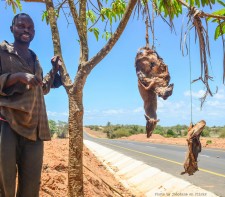 access to their black market victims. The ivory trade would benefit and large amounts of bushmeat could easily be sold along the roadside. Other illegal and unsustainable resource exploitation would also likely increase, as a result of such a highway.
access to their black market victims. The ivory trade would benefit and large amounts of bushmeat could easily be sold along the roadside. Other illegal and unsustainable resource exploitation would also likely increase, as a result of such a highway.
Many predator populations across Africa have been declining in recent times for a variety of reasons. The endangered African Wild Dog, or Painted Dog, is a prime example. It is now one of the rarest carnivores in the entire continent. An important population of the painted dogs does traverse the area where the proposed highway will be constructed starting as early as 2012. Painted Dog Conservation has shown that road kills have a heavy impact on pack structures and the population as a whole. It is certain that many predators (including the wild dogs, lions, leopards, cheetahs, hyenas, etc.) as well as many prey species, raptors, and reptiles will also fall victim to the traffic on this deadly highway.
As of now, traders and travelers who wish travel between Arusha and Musoma must drive a roughly 260 mile (418 km) loop around the Serengeti National Park that takes them far out of the way. Proponents of the highway claim the highway will boost the economy of this portion of Tanzania that is now cut off from the rest of the nation, 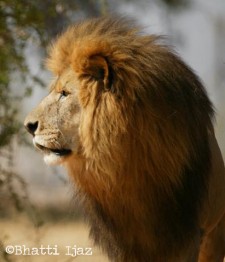 bringing jobs to and serving as many as 431,000 people living in the area. Opponents argue that the high risk of losing this precious world heritage site and its fauna does not outweigh the benefits that will be gained from the construction of this controversial thoroughfare. Such a catastrophe would destroy the very thing that keeps Tanzania’s economy afloat: its eco-tourism industry.
bringing jobs to and serving as many as 431,000 people living in the area. Opponents argue that the high risk of losing this precious world heritage site and its fauna does not outweigh the benefits that will be gained from the construction of this controversial thoroughfare. Such a catastrophe would destroy the very thing that keeps Tanzania’s economy afloat: its eco-tourism industry.
Is there a solution to this heated debate? Perhaps. The Environmental News Network reports that the Frankfurt Zoological Society — a larger supporter of the Serengeti for the last 50 years — opposes the construction of the proposed highway and says that the amount of traffic through the central part of the Serengeti is much too high, as it is right now. They have suggested, and even identified, an alternative route that will serve the same purpose and will likely be even more beneficial than the one that was recently approved. Their proposed alternative would skirt outside the southern border of the park and would service more than five times as many people.
There is a facebook page called, “STOP THE SERENGETI HIGHWAY”, that has succeeded in gaining over 8,000 members from around the globe — all of them fighting to stop the construction of this highway together. You can join them on Facebook here or visit Save the Serengeti’s website here.
Photo #1 by Dan Heap via Flickr
Photo #2 by Stig Nygaard via Flickr
Photo #3 by jbdodane via Flickr
Photo #4 ©Bhatti Ijaz
Photo #5 by Ganesh Raghunathan on Flickr

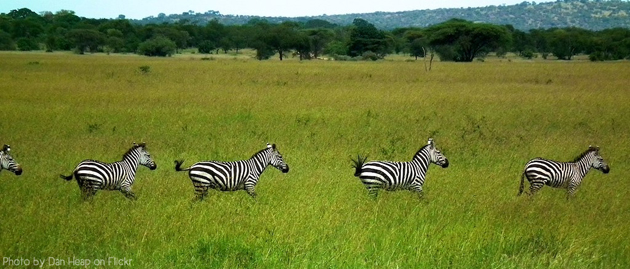
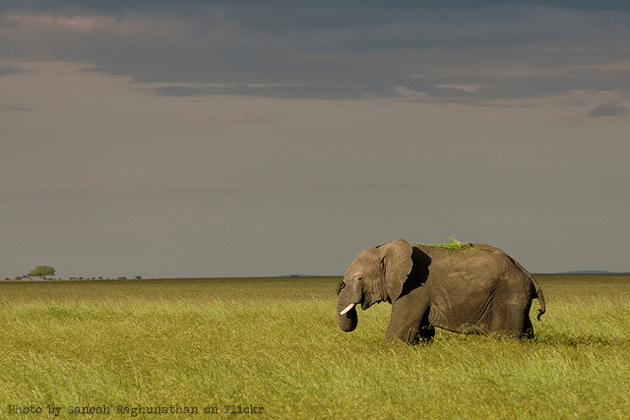


12 Responses to “Tanzania’s Proposed Highway Threatens the Famous Wildlife of Serengeti National Park”